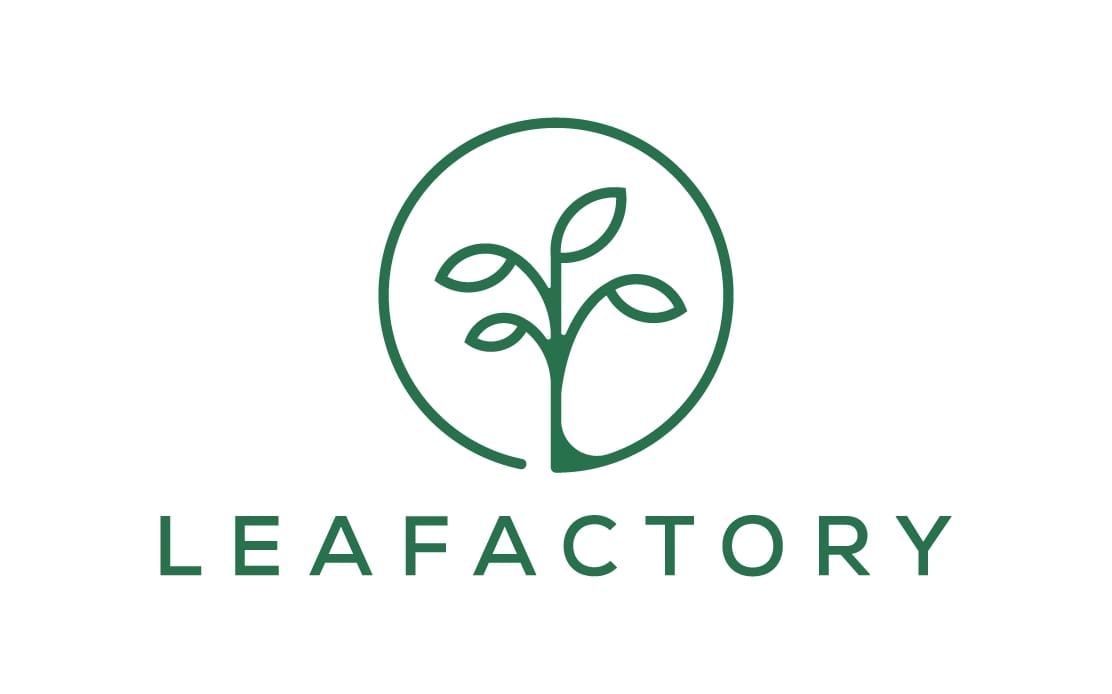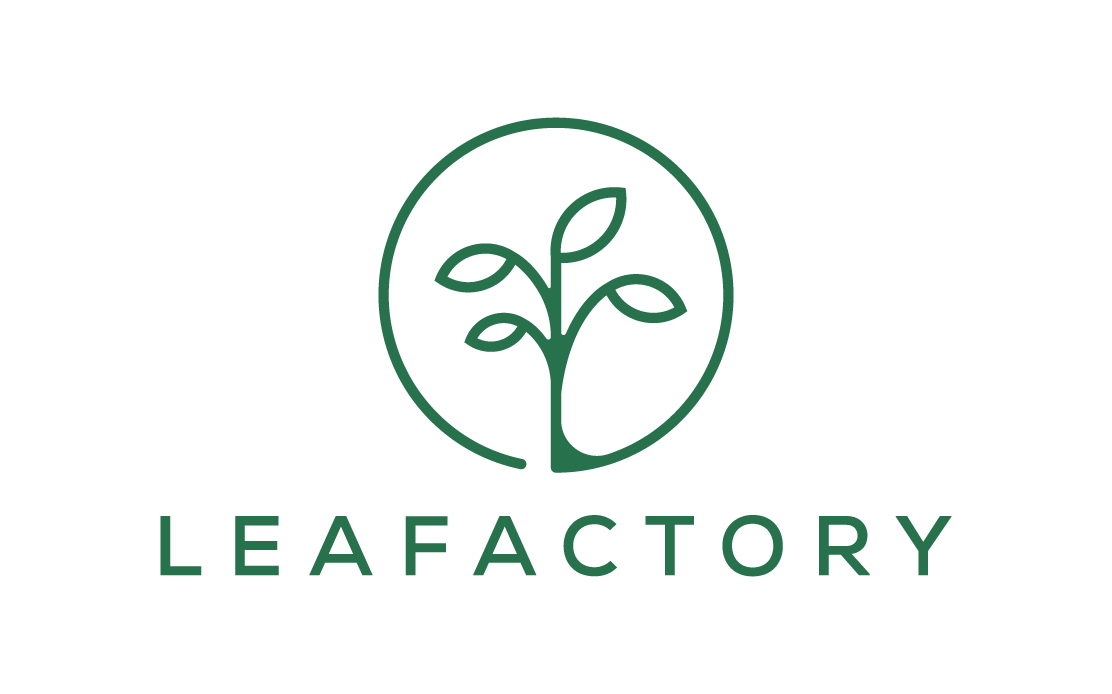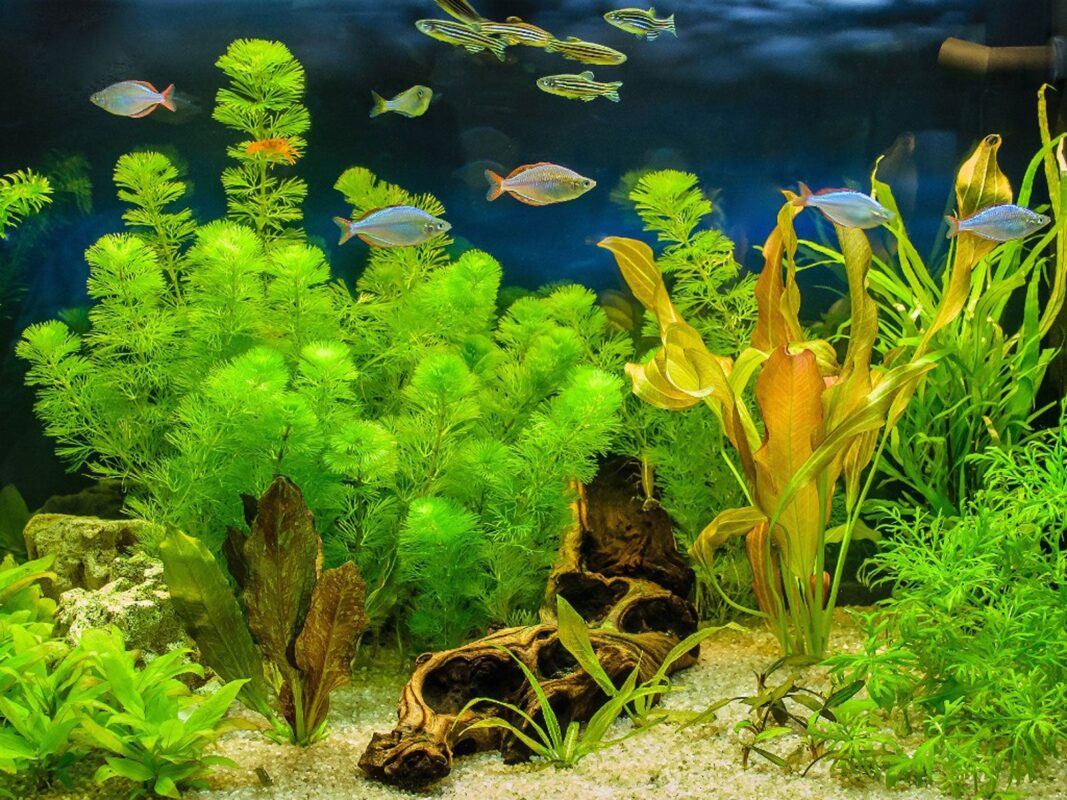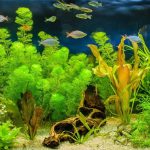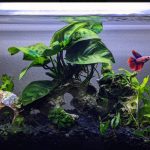In the arsenal of aquarium shopkeepers, there are a few plants that are strong root feeders. Being an aquarist, you might have heard this term either from them or somewhere else and wondered what exactly root-feeding aquarium plants are.
In this informative article, we will learn about root feeders, what they feed and what aquarium plants fall under this category. Also, we will learn some basic things about root feeding aquarium plants and understand why you should keep them.
By the end of the article, you will also understand the difference between root tabs and liquid fertilizers and what aquarium plants need them and why. It is because some plants benefit from the root tabs more than the liquid fertilizers and vice versa.
Root Feeding Aquarium Plants
Aquarium plants feed on minerals and nutrients through various sources, among which, soil and water column are the major. When we talk about root feeding aquarium plants, we are pointing to those that take their nutrients from the substrate.
Heavy root feeders are those aquarium plants that get strong and grow and develop better when supplied with additional fertilizers in the substrate. In such plants, the root system is strong enough to absorb nutrients from the soil. However, such plants also take nutrients and minerals from the water column.
When is an aquarium plant categorized as a root feeder?
The first and foremost requisite for a plant to be the root feeder is its strategy to uptake nutrients. Therefore, plants that rely on the substrate more than water for nutrient absorption come under the root feeder category.
Secondly, such plants need to have strong root system– a facilitator for nutrient absorption. When their roots develop strong and extend outwards into the substrate, they take up the nutrients extremely well, fulfilling their basic need for development.
Thus, the key characteristics of root-feeding aquarium plants can be summarized as follows.
- Root system– It should be extensive and robust, penetrating the substrate easily to access the major nutrients required for their development, such as NPK (nitrogen, phosphorus, and potassium)
- Substrate Preference– Root feeders love substrates that are rich in nutrients, such as aquarium soil.
- Nutrient absorption strategy– While aquarium plants usually absorb nutrients through water column fertilization, root feeders prefer substrate.
- Growth Pattern– Usually, root feeders are slow growers. Also, for optimal growth they need a nutrient rich substate, in the absence of which they show stunted growth.
One of the basic requirements of root-feeding aquarium plants is a nutrient-rich substrate or additional substrate fertilizers such as root tabs.
Roots Tabs for Root Feeders
Root tabs are nothing less than miracle pills for the root feeders. They are small tablets designed to provide important and essential nutrients and minerals to the root zone of the selected aquatic plant. In this way, root tabs help the root feeders to obtain their food straight from the substrate, which is their nature. This way they fulfil the requirement of targeted delivery of specific nutrients.
Besides, root tabs are composed of every essential nutrient that root feeding aquarium plants desire. A balanced composition of nitrogen, phosphorus, potassium, calcium, magnesium, and trace elements such as iron, manganese, and zinc are present in a root tab. When the plants absorb them, the chances of deficiencies and sickness cease and a robust growth is experienced.
At the same time, root tabs are made in such a way that they dissolve slow and steadily, releasing nutrients around the root zone. It makes sure that the aquarium plants will keep on receiving the essential nutrients for a long time.
Usually, the time period of root tabs is 3 months, which means a plant will take around 90 days to consume the root tab. However, it is better to read the instruction manual to know their longevity and understand the right time to replace them.
Care and Maintenance of Root Feeding Aquarium Plants
Now that we know that one of the basic requirements of root-feeding aquarium plants is the nutrient-rich substrate, maintaining it alone will ensure their good health. A good substrate that contains every essential nutrient required by the aquatic plant will suffice their growth.
So, selecting high-quality aquarium soil is the right choice. It also works well if you are planning to add some carpet aquarium plants in the foreground of your tank such as dwarf hairgrass, dwarf baby tears, java moss, etc.
Once you get the aquarium soil and plant the root feeders, consider half of your work is done. Since such soil has the potential to fulfil every nutrient requirement of the aquarium plants, you don’t have to worry about the liquid fertilizers anymore. At the same time, there will be no need of root tabs as the substrate is already fertile.
In such cases, you can layer aquarium soil at the bottom of the tank and plant the root feeders directly or put one layer of aquarium soil and cap it with regular substrate. When you plant the root-feeders, their roots will penetrate the substrate and reach the aquarium soil to take up the nutrients.
The second method (layering a regular substrate over aquarium soil) is more popular and feasible, as using aquarium soil directly as the substrate can create a mess. Since soil particles are too fine, they cloud the entire tank’s water whenever you plant a new species or perform any work in your tank. A little shudder will shake the aquarium soil and create untidiness.
Therefore, covering the aquarium soil with a layer of regular substrate, such as fine gravel, will help keep the aquarium soil more contained.
Besides creating mess, aquarium soil also comes with a high price tag compared to other substrates. At the same time, the general lifespan of aquarium soil is around two years, after which the soil runs out of nutrients, and you would need a replacement.
In this case, you can do two things– first is replacing the entire aquarium soil with a new one and the second is, putting root tabs around the root zone of each plant individually.
According to many experienced aquarists, using aquarium soil is more feasible when you are planning to have only root-feeding plants. However, if your lot has a mixture of plants, among which some are root-feeders, and others absorb nutrients from the water column, using root tabs will be the best.
Put the root tabs around the root zone of root feeding plants and replace them after every three months to upkeep plants’ health. The rest of the plant will take up their nutrients from the liquid fertilizers you introduce into the tank.
Now that we have understood what root-feeding aquarium plants are and how to care for and maintain them let’s take a look at some of the most popular and interesting aquarium plants that are classified as root feeders.
Root Feeding Aquarium Plants
1. Cryptocoryne
While there are many aquarium plants that are root feeders, Cryptocoryne is beginner-friendly. This plant develops an extensive root system and strategically take up the nutrients from the substrate.
There are many species of Cryptocoryne such as C. parva, C. spiralis, C. Wendtii, and its subspecies like C. Wendtii ‘tropica’ and all of them are known for their widespread and robust root system. Usually, these species of crypts propagate by growing leaves. Once planted, baby crypts emerge from the soil and develops into a new plant.
To maintain their growth, taking a few root tabs and putting them near the root will suffice. Other than this, the crypts are generally undemanding plants. From thriving in wide range of pH and water temperature conditions, they also require medium light for growth.
2. Amazon Sword
The lush green leaves of Amazon Sword make it one of the popular aquarium plants. It is grown world-wide and is highly preferred by the aquarists due to different reasons. The large lance-shaped leaves create beautiful greenery in the tank, increasing its aesthetics multiple times. At the same time, it is easy to plant, propagate, care and maintain.
Amazon Sword is scientifically called Echinodorus grisebachii. The extensive root system of Echinodorus make it a perfect root feeding aquarium plant, suitable for the beginners. If you are planning to have Amazon Sword, ensure there is fertile, nutrient-rich substrate so that the plant can thrive happily.
When it comes to other requirements, maintaining temperature between 22 and 27 degrees Celsius, pH between 6.5 to 7.5, and offering moderate to strong light will be sufficient to help it flourish in the tank.
Since these plants grow tall and have large leaves, planting them as a background plant will create an aesthetic appeal. This plant is also used by the aquarists to create jungle effect in the aquarium.
3. Vallisneria
Just like Amazon Sword, Vallisneria is also pretty popular among the aquarists due to its lush green leaves. There are many species of Vallisneria such as V. nana, V. gigantea, V. asiatica, V. spiralis, etc. and all of them are suitable to grow as a background aquarium plant. The strong and extensive root system of Vallisneria help it to absorb the essential nutrients from the substrate and grow abundantly.
Also, Vallisneria is easy to care for and maintain aquarium plants. The temperature ranging between 17 and 28 degrees Celsius and pH between 6 to 9 ensures good growth and development of the plant. Regarding light requirements, Vallisneria prefers high lighting intensity but grows well under moderate lighting conditions as well.
4. Monte Carlo
This is a beautiful low-growing aquarium plant, usually used as a carpeting plant for the aquarium. While Amazon Sword and Vallisneria can be grown as background plants, you can plant Monte Carlo in the foreground to create an aesthetic appeal.
Under the perfect water conditions and nutrient-rich substrate, Monte Carlo spreads profusely, creating an alluring carpet. However, you need to keep an eye on its growth because it can easily overrun the tank. So, timely pruning is a must.
Regarding its requirements, Monte Carlo does well when the temperature is around 18 to 20 degrees Celsius, pH is 6 to 7.5, and light intensity is moderate to high.
5. Dwarf Hairgrass
This is another pretty grass-like aquarium plant, which is a root feeder. However, we will not recommend it for beginners as it has specific requirements that make it a demanding aquatic plant. It is a wonderful carpet plant that requires light with high intensity to spread horizontally and proliferate healthily.
Water temperatures between 21 and 28 degrees Celsius and pH between 6.5 and 7.5 will be perfect for the growth of Dwarf hairgrass. The long grass, like pointed leaves, doesn’t grow too long, which is why it keeps spreading horizontally, creating an amazing carpet on the tank’s substrate.
Regarding the specific requirement, dwarf hairgrass doesn’t necessarily need additional carbon dioxide but offering it will help it abundantly to thrive. You either need to have fertile aquarium soil while growing Dwarf grass or root tabs to keep at least its root zone fully nutritional. Also, since it spreads horizontally, spreading through the substrate, you may need a lot of root tabs instead of just one or two to keep the plant healthy.
Conclusion
Root feeding aquarium plants are just like any other aquatic plant but differ in their strategy to uptake the nutrients. They absorb the essential minerals and nutrients through their extensive root system. While they also absorb some from the water column, when supplied with nutrient rich substrate or root tabs, they thrive and proliferate.
Vallisneria, Amazon Sword, and Dwarf Hairgrass are some of the popular aquarium plants that are categorized under root feeders. Supplementing their substrate with root tabs or planting them in the already fertile substrate is the best way to help them grow and develop healthily.
So, the next time whenever you hear about the term root feeders, we hope you will understand what are the basic requirements of this plant to thrive inside the tank and create a lush-green aesthetic.
